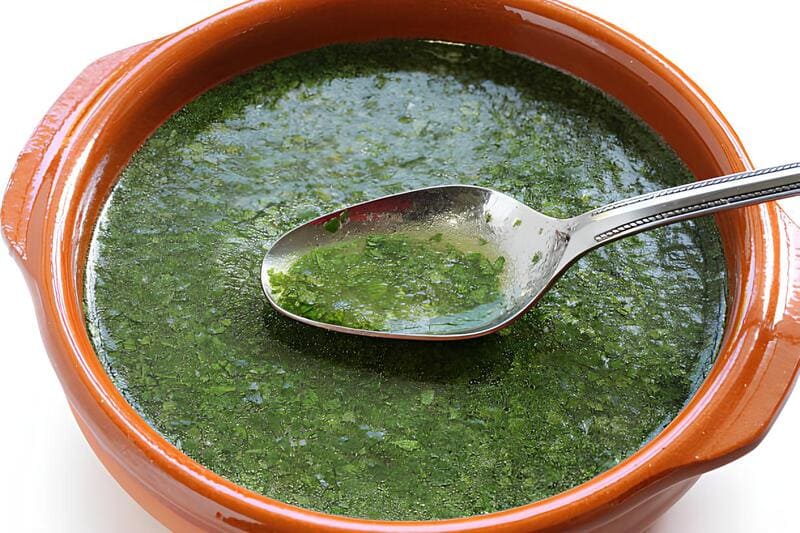
Mallow Leaf Soup, or Khobiza, is a cherished dish in Egyptian cuisine, renowned for its nourishing properties and deep connection to the country’s gastronomic heritage. Its vibrant green color and earthy, slightly tangy flavor make it a comforting addition to any meal, especially enjoyed during colder months.
Traditionally served with bread or rice, Khobiza embodies simplicity and freshness. The use of mallow leaves, sometimes combined with Swiss chard, creates a rich and hearty soup that is not only soul-warming but also brimming with nutritional benefits. This recipe will guide you in preparing this classic dish step-by-step.
Ingredients
- 1 package of fresh hibiscus (mallow) leaves
- 1 bunch of Swiss chard, boiled
- 1 small bunch of dill, finely chopped
- 1 small bunch of green coriander, finely chopped
- ¼ cup of washed and soaked rice
- 1 tablespoon of ghee
- Salt to taste
Preparation
- Wash the mallow leaves and cut them into small pieces.
- Boil the Swiss chard and set it aside.
- Combine the mallow leaves with the boiled Swiss chard in a large pot.
- Add the finely chopped dill and green coriander to the pot.
- Sprinkle the soaked rice over the mixture.
- Pour in enough water to cover the ingredients, ensuring the mixture doesn’t overflow.
- Heat the pot until the soup begins to boil, then reduce to a simmer.
- Continuously stir to avoid sticking, ensuring the rice is fully cooked.
- In a separate pan, heat the ghee and fry the rice with a bit of oil until golden, then add it to the soup.
- Season with salt, and keep stirring until the soup achieves a thick but not dry consistency.
- Serve hot with a side of bread or vermicelli rice, ensuring every bowl is generously portioned.
Did you know?
Mallow Leaf Soup is more than just a tasteful delight; it’s a nutritional powerhouse. The mallow plant (Hibiscus cannabinus) and its seeds are packed with vitamins A and C, calcium, and iron. These nutrients boost your immune system, improve skin health, and promote bone strength. In folk medicine, mallow has been traditionally used to soothe throat irritations and combat inflammation.
The health benefits extend beyond vitamins. Mallow leaves provide dietary fiber, which aids digestion, and antioxidants that help fight off free radicals. The dill and coriander used in the recipe are also rich in essential oils and antioxidants, contributing to overall well-being. Interestingly, Swiss chard, sometimes added to the soup, contains betalains known for their anti-inflammatory properties.
In Egyptian culture, mallow soup is especially popular during the winter months and is considered a comfort food, bringing warmth and a sense of community. Its simplicity and nutritional value make it a timeless recipe that not only pleases the palate but also nurtures the body. So, the next time you prepare Khobiza, you’re not just making a meal—you’re creating a nourishing experience passed down through generations.
